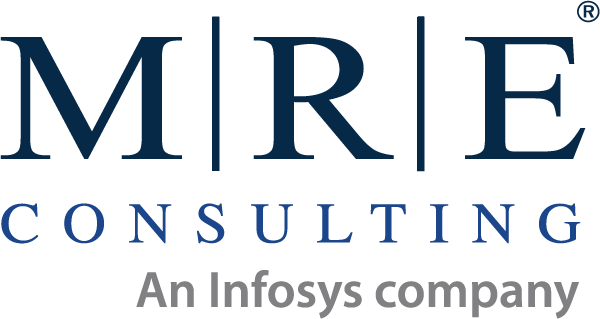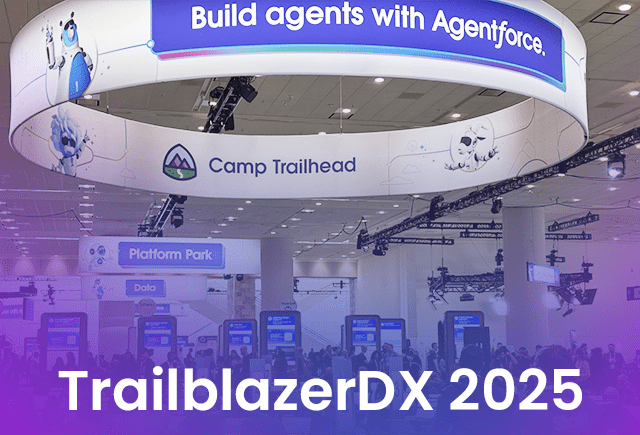Should YOU implement an Event-driven Architecture?
By: Nathan Neikirk, Salesforce Consultant
This is the final part of a series to walk through Event Driven Architecture with insights from Texas Dreamin’ sessions and Salesforce leading practices to better equip you for future implementations for Event-Driven.
Event-Driven Architectures at Texas Dreamin’: A 4-part Series
Part 1: Introduction to Event Driven Architecture (vs. Point to Point)
Part 2: Classifying Event-Driven Architectures
Part 3: Event Driven Architecture in Salesforce
Part 4: Should YOU implement Event Driven Architectures?
- When to Use Event Driven Architectures
- Event-driven Architecture Best Practices
- Moving away from Point-to-Point Architectures








